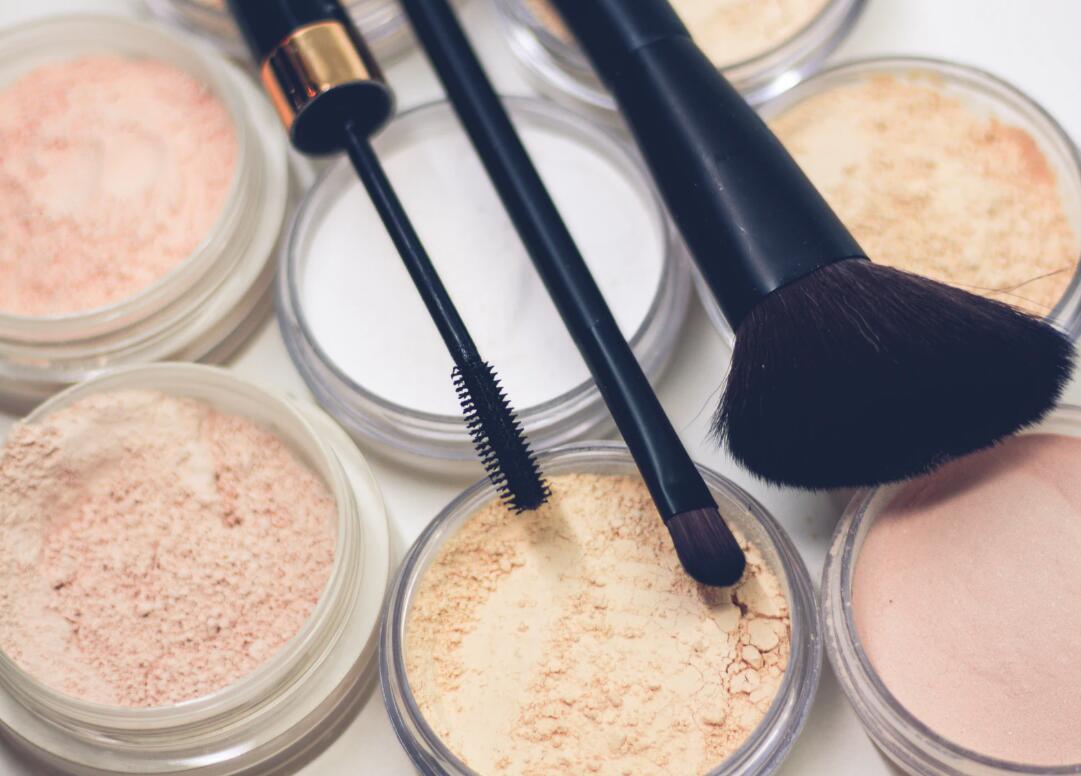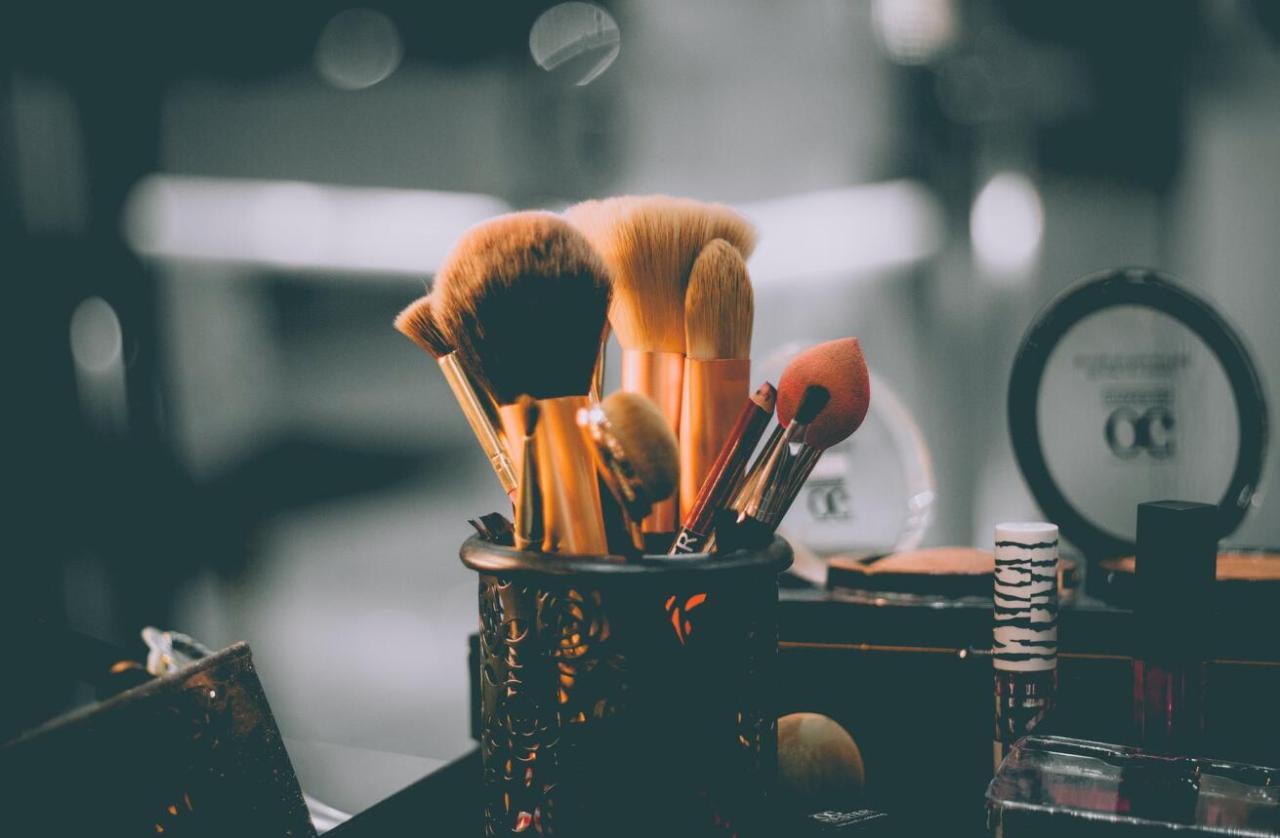Everyone wants to look their best. Do you ever think whether the products you put on your body or face could be doing damage than good?
The Food and Drug Administration (FDA) is under fire for the lack of regulation of various ingredients found in food as well as supplements and medications. Even more troubling is that they have less control over the ingredients that go in skincare and makeup products.
The pre-approval process isn’t required for products that are cosmetic and companies can place whatever they want on the market, regardless of where it can be transported from the store shelves to your house. The only procedure for approval that is currently in use is a tiny process for color additives and ingredients that are categorized as drugs sold over the counter.
This leaves a large part of the beauty and personal care business that is not controlled, at least in terms of manufacturing is concerned. This has caused concerns among customers who have discovered that there are many potentially harmful chemicals that are in the products we use.
It must be remembered that the form and quantity of these ingredients could be a significant factor in the harm they create when used in skincare or cosmetics. A tiny amount of one ingredient might cause no harm however a higher dose of another ingredient may be detrimental over the long run.
Are you worried about the products that you’re taking? Look over the most frequently criticized ingredients to find out what valid health risks are.

-
Parabens
Parabens are widely used as preservatives to prevent the growth of mold, yeast and bacteria. They are estrogen-imimicking and have caused concern that they could result in cancer, or even cause fertility issues if they are absorbed by the skin.
There have been reports of paraben chemicals found on breast biopsies however, it must be not forgotten that studies have shown that parabens absorbed by the skin through cosmetics, body washes and cleansing products for the face as well as shampoos are metabolized by the skin, and then expelled without causing harm.
-
Phthalates
Phthalates are a class of chemicals used to enhance the flexibility and softness of plastics. They are used within nail polish (dibutyl phthalate) hairspray (dimethyl phthalate) and in lotions and perfumes (diethyl phthalate). They’re not allowed in products of the European Union but are still often listed on ingredient lists within the US of America.
As known endocrine disruptors, phthalates are linked to the early development of breasts in young girls, an increased risk of breast cancer and reproductive birth defects for both genders. They aren’t bound to other chemicals, which means they can be absorbed into surroundings (like the body) which are then identified as pollutants.
The amount of phthalate that is exposed from hair, skin and facial products is not yet recognized as a risk. The ban in the European Union is an uncompromising approach, while within the United States the FDA has chosen to monitor the situation. At present, it’s the responsibility of US residents to determine whether they wish to continue using products that contain these chemicals.
-
Talcum Powder
While dry skin can be common among babies but there are many situations where you have to absorb water to look after your infants as well. Talcum powder is used for this purpose in baby powders, and also products for feminine hygiene makeup, cosmetics, and other formulations even the 1800s.
Concerns about talcum powder have been raised because asbestos and talc are found in close proximity in the earth’s natural forms. If talc mining is done asbestos particles could be incorporated into the mineral, which can contaminate the whole load of talc. This could be connected to lung, ovarian and other cancers.
It is believed that if talcum powder with asbestos is inhaled, or is introduced into the body through feminine hygiene products, it may get into the human body and cause cancerous growths. It’s a frightening thought, particularly when you think about the fact that talc remains being used in a variety of ways today, even by many big lipstick brands. Recently, several major companies have been sued for the matter.
As of now, Johnson and Johnson lawsuits have cost the business more than $724 million. Some companies have pulled certain products from the marketplace or substituted the talc powder with cornstarch or a different powder. The jury is still debating whether products that contain talc, such as makeup and skincare can cause cancer. Manufacturers claim that they make sure the talc they use is free of asbestos and those who canceled the lines of products claim they did it mainly due to public opinion being too negative.
-
Siloxanes
A form of silicon, siloxane chemical compound are derived from the compounds silicon, oxygen and alkane. In cosmetics, particularly lipstick, siloxanes serve as moistening and smoothing agents to make the lipstick application much more silky. Siloxanes are a different group of chemicals that have been connected to reproductive system problems due to their potential disturbance of the endocrine system.
The truth is, siloxanes’ risks are also subject to debate. Some researchers say it’s well-tolerated within the body and is essential in healthcare and treatments Others have demonstrated its dangers. It is necessary to conduct more research on the extent to which exposure could cause harm, what is secure, and how chemicals can build up within human tissues.
-
Toluene
Toluene is a petrochemical, it’s made from petroleum or coal sources. In cosmetics and personal care products, you can find it listed as toluol, benzene the methylbenzene or phenylmethane. It is a solvent and may dissolve paint. When it’s in your body it may cause skin irritation, nausea (the most frequent complaint) as well as respiratory distress.
If pregnant mothers are exposed to chemicals, they’re believed to harm the foetus. This could be quite unpleasant however it’s time to conduct more research. So far the only animals, not humans have been examined with certainty, and the evidence suggests that the chemical isn’t bioaccumulative. If you’re concerned, steer clear of the use of nail polishes and hair products which have this substance.
Create Your Own Product Selections
The list of ingredients isn’t complete; there are plenty of other ingredients that could be considered suspect in makeup and skincare. But, in general, more investigation is needed to determine what amount of each ingredient is considered to be excessive, and how much can be considered acceptable.
It’s evident that the FDA does not move quickly and isn’t one of the best sources regarding toxic ingredient in products. So, empower yourself. Check the ingredients in your makeup bottles and take note of your reactions. Pick the products that you are happy with and control your appearance and your lifestyle.





